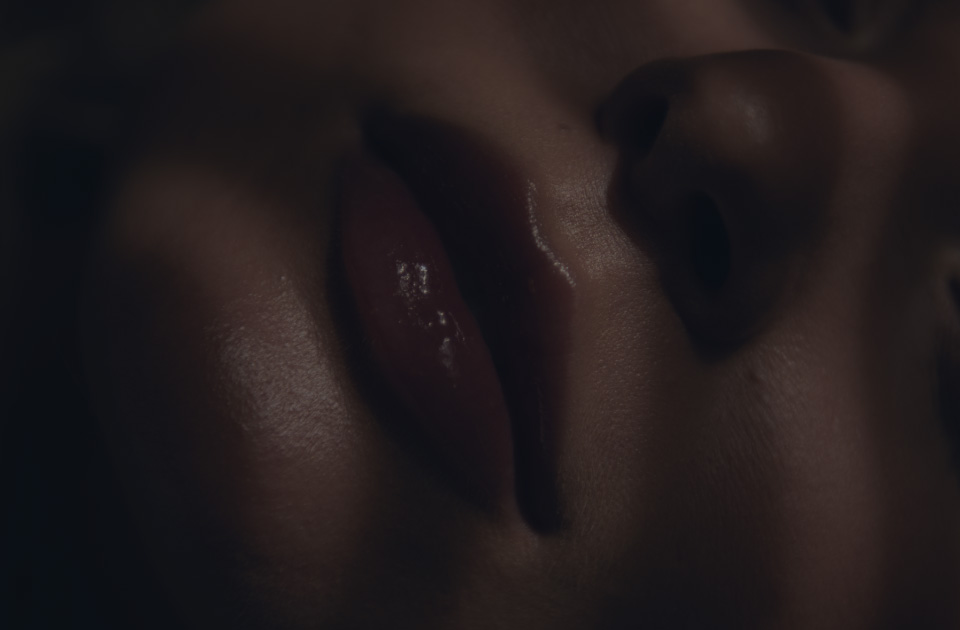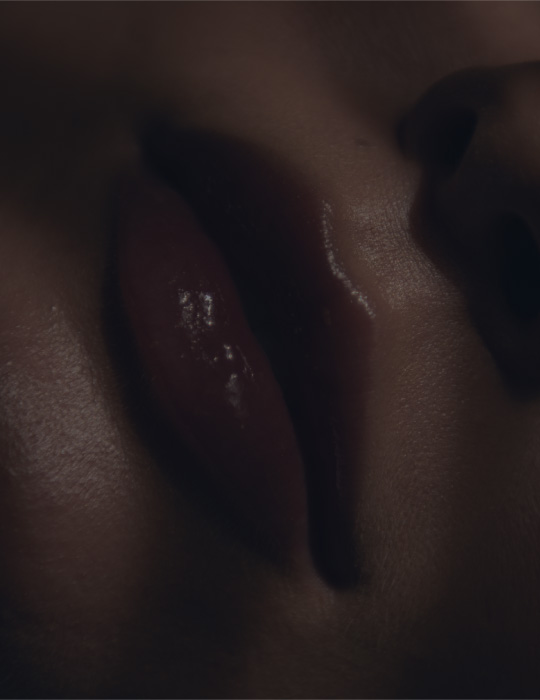McKeown Medical
167 Bath Street, Glasgow, G2 4SQ
Dermal filler treatments are one of the most significant advances in modern cosmetic medicine. They are one of the most powerful anti-ageing tools available to reverse the signs of ageing, without having surgery. Used properly – by expert doctors – they can achieve stunningly natural rejuvenations, like the examples on this page.
Dermal filler treatments are one of the most significant advances in modern cosmetic medicine. They are one of the most powerful anti-ageing tools available to reverse the signs of ageing, without having surgery. Used properly – by expert doctors – they can achieve stunningly natural rejuvenations, like the examples on this page.
Every patient is unique, and during our consultation process, we work with you to develop a bespoke treatment plan based on what you want to achieve.
From 15 minutes to 1 hour
Local
None
Up to 2 years
From £300
Dermal fillers are one of the most significant advances in aesthetic medicine because they allow us to restore facial volume in a very controlled way, with a minimally invasive procedure.
1 / 5
Dermal fillers are one of the most significant advances in aesthetic medicine because they allow us to restore facial volume in a very controlled way, with a minimally invasive procedure.
3 / 5
Hear from our patients about their experience of dermal filler treatments at McKeown Medical.
1 / 4
2 / 4
3 / 4
4 / 4
Injectable facial fillers (dermal fillers) are a non-surgical treatment that uses manufactured HA filler to restore facial volume through a relatively quick and simple injection. A dermal filler adds volume that reduces deep lines and dynamic wrinkles, thus restoring youthful and aesthetically-balanced facial contours.
As easy as it sounds, choosing the right anti-wrinkle dermal filler and injecting just the right amount in the right places is paramount to achieving long-lasting results. When injecting dermal fillers into the face, experience and judgement are key to achieving a natural look.
A patient before and after treatment at McKeown Medical.
Injectable hyaluronic acid (HA) is our filler material of choice. The reason we use hyaluronic acid is that its safe, long lasting and reversible. Hyaluronic acid is a structural molecule that we have present naturally in our skin and connective tissue. The gel can be reproduced in the lab, and manufactured into a range of physical characteristics – from thick gels that are firm, like cement, to thin gels that are almost like water – and everything in between. This means we can chose from a range of gels, depending on the area we are treating and what we want to achieve.
There are now hundreds of hyaluronic acid fillers on the market. We only use the best quality products from Allergan, known commercially as Juvederm. We use this range because it has the most data on its safety and efficacy and we know that their products last a long time. We never compromise on product quality or safety.
The risk of adverse reaction to hyaluronic acid filler is approximately 1 in 1000. This typically doesn’t happen immediately following treatment: characteristically if this happens it is several months after treatment and results in the filler turning hard or lumpy. If this happens, it is necessary to remove the filler – which can be achieve by injecting a dissolving agent.
When dealing with cosmetic treatments for the face, whether lip fillers or a dermal filler for fine lines, it is always essential to think of “what happens if things go wrong”, and it is essential to have a get-out-of-jail card. Hyaluronic acid dermal fillers give you that peace of mind.
Juvederm Voluma – which is one of the most popular products we use – is now licensed to last up to two years. Our advice is that when you achieve an optimal correction, you may chose to have a touch up around 18 months later to maintain the result, although top-ups typically involve smaller volumes.
The press is often critical of celebrities who have had ‘too much’ filler. However, this is often because the anti-wrinkle dermal fillers have been injected into the wrong places. The duck-lipped look is not a sign of good fillers.
Dermal fillers should be subtle in a way that enhances your features without being obvious.
When it comes to using a dermal filler like hyaluronic acid for deep facial lines and wrinkles, it is not just a case of how much to inject but, more importantly, where to inject it. In the right place and with the right amount, facial fillers are an effective, non-surgical way to create a plumping effect and achieve overall younger-looking skin.
These are some of the most popular areas of the face that dermal fillers can be used on, and how to tell if you might benefit from a dermal filler treatment in those areas
A patient before and after treatment at McKeown Medical
As the face ages, changes in the facial skeleton occur due to bone resorption. This can drastically impact the appearance of the face because of the hollow structure of the under-eye area. These are often the first areas to show signs of ageing.
For this reason, the under-eye hollows are one of the areas that benefit the most from dermal fillers.
Sometimes this is improved simply by restoring volume in the cheek alone. In other cases, it requires a dermal filler injection on top of the bone directly below the eye.
When it comes to treating the under eye hollows, less is always more.
A patient before and after treatment at McKeown Medical
The nose to mouth lines (nasolabial folds) are one of the most commonly treated parts of the face when it comes to hyaluronic acid dermal fillers.
The nasolabial fold is the area between the cheek and upper lip. In some people, this fold appears with age due to your cheek or midface losing volume. In other people, it is present since childhood or adolescence because of prominent cheeks that project over the lip. This is common in women with high cheekbones.
Making the distinction between the first group and the second group is vitally important. In the first group, where the fold has appeared with age, treating it with dermal fillers can help provide a rejuvenating result. However, treating the nasolabial fold in the second group of women who have had it as a feature of their face since their teenage years will almost always result in an unnatural look, particularly when they attempt to smile. For the second group, it is usually better to treat the cheek itself rather than the nasolabial fold.
Treatment with a small amount of 2mls filler in the cheeks.
As we age, our faces begin to feel the pull of gravity and start drooping. There are few places where skin contour deficiencies are more apparent than on the cheeks.
Assessing the contour of the cheek is best done from the “three quarters” or oblique view. When we look at the cheek from this angle, an aesthetically ideal profile should have a slight dip (concave curve) to the lower eyelid/cheek area, a convex curve over the cheekbone itself, and a slight hollowing towards the lower cheek areas.
As we age, however, this “ogee” curve is lost and the profile view of the face becomes flattened. The goal of restoring the skin’s lost volume to the cheek area using dermal fillers is not simply to make the cheek look fatter but to recreate a more attractive facial contour.
A patient before and after a volumetric facelift at McKeown Medical.
As we lose volume in the cheeks, we also tend to hollow out in the temple area. Dermal fillers can be used on these areas too.
The signs of ageing in the temple area are quite subtle, but treating them with an anti-wrinkle dermal filler can help restore an overall softer and rejuvenated outline to your facial appearance.
A patient before and after treatment for downturned mouth corners at McKeown Medical.
One of the most common areas women want treated with facial fillers is the down turning at the corners of the mouth.
The appearance of static lines that run from the corner of the mouth down towards the chin — the ‘marionette lines’ — can dramatically change the facial appearance. Fortunately, the facial volume in this area can be quickly and effectively restored using dermal fillers.
Achieving a lifting effect is not simply a case of injecting the filler into the marionette lines, but feathering the volume across a broader area to blend the areas between the lower part of the cheek and the chin.
A patient before and after treatment for jowls at McKeown Medical
As we age, the size of the lower jaw shrinks too. This means that the overlying skin can begin to sag and appear excessive.
Restoring volume along the jawline and to the jowls using a transparent dermal filler gel-like hyaluronic acid can be an effective, non-surgical alternative to a facelift.
The treatment works very well for people who have mild to moderate jowls and a thin neck — typically in their 30s to early 50s. However, if you have severe excess tissue and sagging jowls, a surgical lift may be the best option.
As we age, the lips lose their natural volume and shape, becoming thin and flat. Dermal fillers for the lips can be used to reverse these changes and give the lips a more voluptuous and youthful appearance. As a result, lip fillers have become popular in anti-ageing clinics.
Dermal fillers for the lips can last a long time. It is commonly believed that lip fillers last somewhere around 6–9 months, but in reality, they can easily last up to two years.
Many women are afraid to have a dermal filler injected into their lips for fear of achieving the dreaded ‘trout pout’ look. However, poor results for lip fillers are primarily a result of poor injection techniques. Done well, the lip filler results should be subtle and natural.
It is important to use a softer lip filler, usually the ones that are actually designed for filling fine lines and wrinkles. It is also, almost always, better to inject the red part of the lip rather than just the border. And in terms of volume, less is more.
It takes a lot of experience to get the balance just right with lip fillers: that’s where our decade of experience in dermal fillers is key. We are known for our dermal fillers in Scotland. When it comes to facial fillers in Glasgow, McKeown Medical is the go-to clinic for natural results.
See a facial filler treatment in action at McKeown Medical.
Read reviews from our patients about their experience at McKeown Medical.
1 / 7
2 / 7
3 / 7
4 / 7
5 / 7
6 / 7
7 / 7
The whole experience was fabulous. My phone consultation was very knowledgeable and friendly and everyone in the office was so welcoming. I’ll definitely be back.
A McKeown Medical patient April 2024
I saw Dr Rhona Cameron who I have seen before. She is very welcoming and has a lovely manner. She is easy to talk to and I am very pleased with the results.
A McKeown Medical patient November 2023
Made me feel really calm and relaxed and staff from reception and treatment room were so pleasant and very professional.
Dr Darren was amazing. Made me so comfortable and so so pleasant. Such a lovely guy! Highly recommend, absolutely delighted so far – although, as advised, a bit swollen! Thank you so much.
A McKeown Medical patient April 2024
From start to finish the team and Dr Darren were so welcoming and professional. Everything was explained clearly and the results are more than I could have hoped for.
A McKeown Medical patient April 2024
I am delighted with the subtle changes that have made such a difference to my face giving me so much more confidence. Dr Darren is one of the very best so I had total trust in what he was doing. Every member of staff make you feel at ease, they are all so lovely and friendly.
A McKeown Medical patient March 2024
Dr Rhona was lovely and put me at ease before and during the treatment. I was well informed of my options prior to treatment taking place and aftercare was explained thoroughly too. Will definitely be revisiting soon.
A McKeown Medical patient March 2024
Dr Rhona was particularly kind and sensitive to my needs and her care is very patient centred.
A McKeown Medical patient October 2023
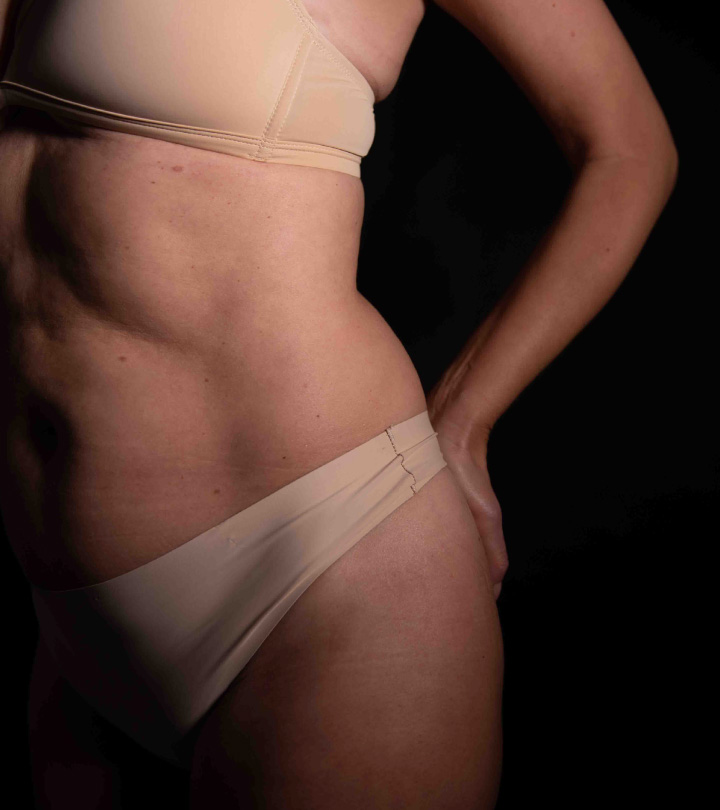
Finding the right treatment for you is the most important factor in ensuring that you are on the correct path to achieve the results you desire. Our pre-consultation form helps us to identify your needs and, ultimately, gets you on the right path to achieving your optimal results.
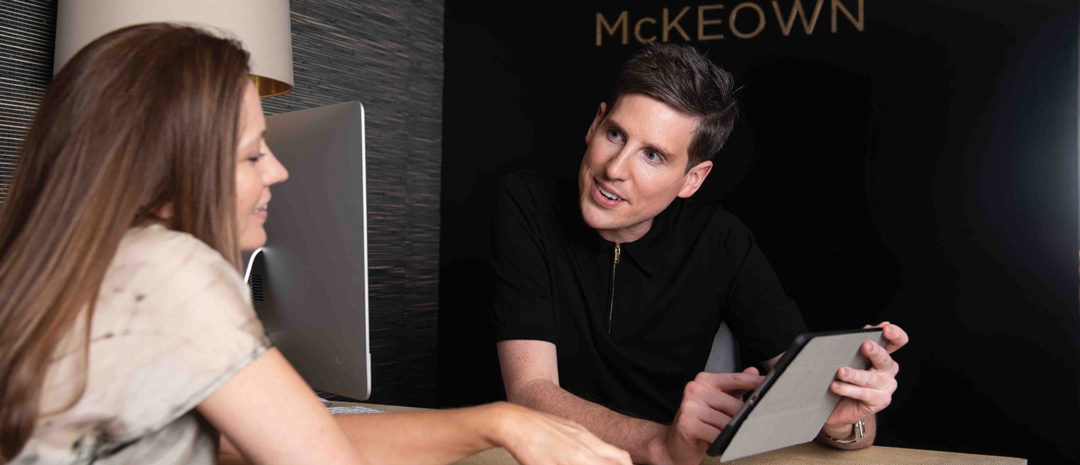
Your treatment plan will be tailored to your individual needs and the results you are looking to achieve.
Check our full price list for detailed pricing.
There may be some discomfort when you get dermal fillers because of the injections, but we ensure your comfort during the procedure by offering two options for minimising pain: numbing cream that numbs the surface of the skin or a local anaesthetic that numbs the entire mouth area.
There is still some discomfort with the cream because it only has a partial numbing effect, but most people handle this well. Injecting a local anaesthetic into the mouth makes the entire mouth area numb, making the treatment painless. The only downside of using anaesthesia when getting anti-wrinkle dermal fillers is that the numbness takes a few hours to wear off.
The option you choose will depend on your pain threshold and personal preferences.
Most dermal fillers are temporary and can last anywhere from 3–4 months up to around 2–3 years. Therefore, dermal filler treatments must be repeated to maintain the results and keep those wrinkles and lines at bay. As a result, there has been a desire to develop long-lasting or permanent fillers.
Although permanent fillers may seem attractive, there is real potential for long-term problems with them. Complications with dermal fillers are not common, and with most of the fillers we use, the filler can be dissolved if issues arise.
With a permanent dermal filler, this is not an option. If the filler needs to be removed, it must be done surgically. Even if problems do not arise, your face will continue to age whilst the dermal filler remains the same. This will eventually look unnatural.
For these reasons, permanent dermal fillers are best avoided.
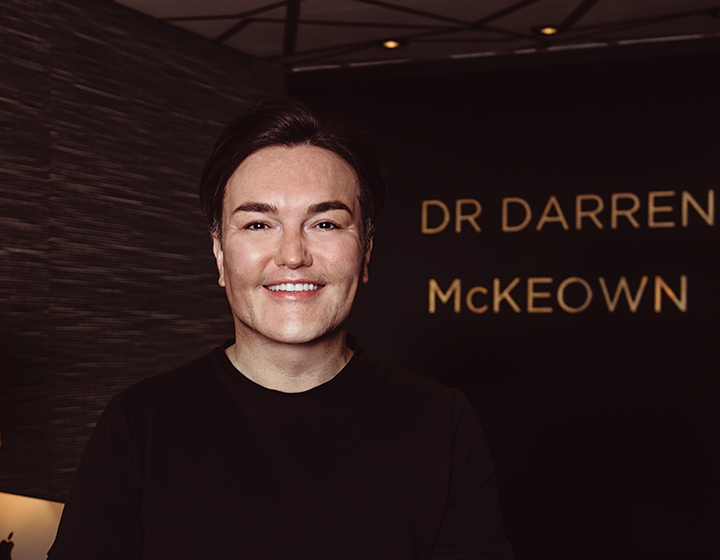
Our founder, Dr Darren McKeown, is renowned for his expertise and artistry with dermal fillers. As a peer-reviewed medical author, he is passionate about treatments that stand up to scientific scrutiny. Above all, Dr McKeown believes in a global approach; delivering flawless results – and rejuvenation that lasts.
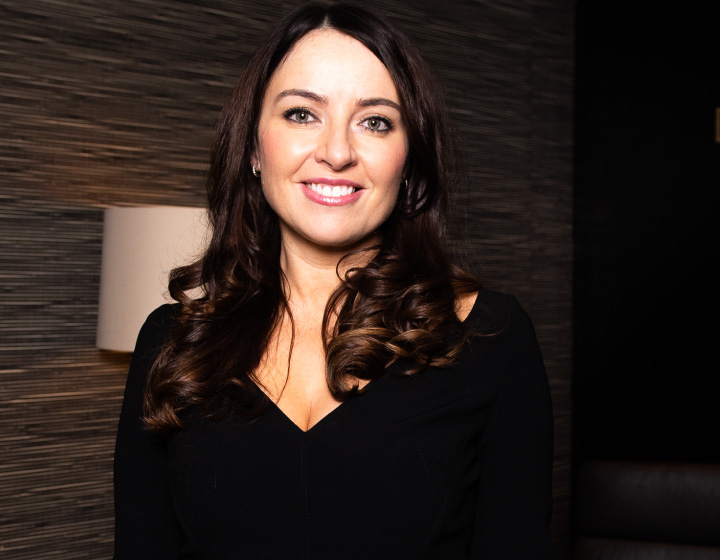
Dr Rhona Cameron is a skilled injector who has been extensively trained in Dr McKeown’s signature intuitive technique. Her treatments blend advanced facial optimisation with powerful, energy-based devices – such as lasers, BBL and radio frequency – energising the appearance and enhancing skin health. approach; delivering flawless results – and rejuvenation that lasts.
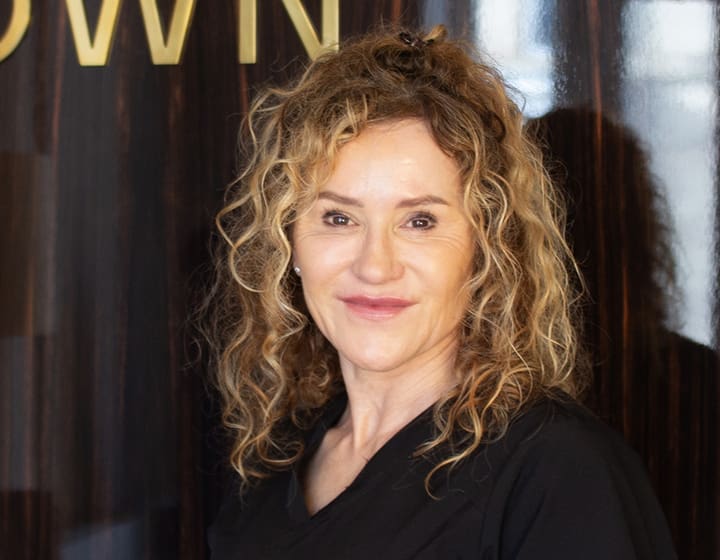
Dr Sharon Ritchie has been a qualified doctor for over 30 years, and 10 of those years have been spent practicing aesthetic medicine. Sharon trained as a GP and practiced between general practice and aesthetic medicine, before joining McKeown Medical to pursue her passion of aesthetic medicine on a full time basis.
1 / 3
2 / 3
3 / 3

Our founder, Dr Darren McKeown, is renowned for his expertise and artistry with dermal fillers. As a peer-reviewed medical author, he is passionate about treatments that stand up to scientific scrutiny. Above all, Dr McKeown believes in a global approach; delivering flawless results – and rejuvenation that lasts.

Dr Rhona Cameron is a skilled injector who has been extensively trained in Dr McKeown’s signature intuitive technique. Her treatments blend advanced facial optimisation with powerful, energy-based devices – such as lasers, BBL and radio frequency – energising the appearance and enhancing skin health. approach; delivering flawless results – and rejuvenation that lasts.

Dr Sharon Ritchie has been a qualified doctor for over 30 years, and 10 of those years have been spent practicing aesthetic medicine. Sharon trained as a GP and practiced between general practice and aesthetic medicine, before joining McKeown Medical to pursue her passion of aesthetic medicine on a full time basis.
1 / 3
2 / 3
3 / 3
Keep up to date with the latest news from McKeown Medical and get access to expert insights, our latest before and afters and exclusive offers.
